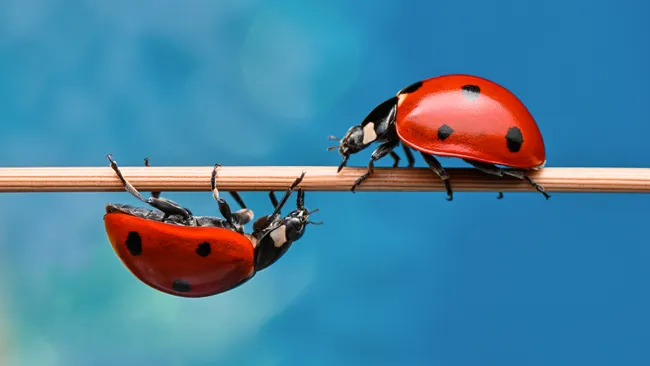This diverse group constitutes a staggering one-third of all animal species on our planet.

Every year, researchers unveil dozens of new animal species, adding to the millions that inhabit our planet. Among these, one group stands out for its extraordinary biodiversity. So, which animal group boasts the highest number of species?
According to estimates by Camilo Mora, an associate professor at the University of Hawaii at Mānoa, insects claim the title of the most diverse animal group. Mora’s research suggests that there are a staggering 3 million insect species, constituting roughly half of all animal species on Earth.
Within the insect class, beetles reign supreme. Jessica Ware, an evolutionary biologist and associate curator at the American Museum of Natural History, reveals that there are almost 400,000 species of beetles. Astonishingly, this means that 1 in 3 animal species is a beetle, making them the most species-rich creatures on Earth. To put this in perspective, while there are almost 3,000 snake species, ladybird beetles alone outnumber them two-fold.
Why have beetles and insects, in general, achieved such remarkable success? One possible explanation lies in their longevity, with insects having been around for almost 500 million years—one of the oldest animal groups. This extended period has allowed ample time for speciation and the accumulation of diverse species. Additionally, the relatively short lifespan of most insects contributes to faster rates of reproduction and a greater number of offspring, increasing the likelihood of mutations that lead to new species. This high level of speciation has enabled insects to adapt and thrive in various ecological niches worldwide, showcasing their remarkable success. For instance, beetles’ outer wings not only facilitate flight but also act as a protective casing, allowing them to burrow underground, further exemplifying their adaptability.

“The other possibility is that maybe there are other groups that are just as diverse [as insects], but we haven’t studied them,” Mora said. In fact, in a 2018 study, researchers proposed that a group of insects known as parasitoid wasps may contain even more species than beetles do, but we’ve just devoted less time to studying them.
Even though the range of insect species far overshadows those of fish, amphibians, reptiles, birds and mammals, all of these groups contain impressive numbers.
Mammals’ 5,500 species might seem pitiable compared with insects’ 3 million. But more than a quarter of mammals are rodents — 1,500 species, including rats, squirrels, beavers, capybaras and porcupines. Of the more than 8,000 described amphibian species, a striking 90% are frogs, which, together with toads, make up 7,000 species. Reptiles boast somewhere between 10,000 and 12,000 species, the majority of which fall into the order Squamata, which comprises mostly lizards, of which there are about 5,500 to 7,000 species. Not to be outdone, one bird order, called the passeriformes, or perching birds, represents 5,300 species, the same number of mammal species on Earth. The most diverse of this gigantic order is a family known as tyrant flycatchers, with an estimated 400 species. Collectively, passeriformes make up more than half of all 10,000 known bird species alive on Earth today.
And experts think there are as many as 34,000 fish species — more than all other vertebrate species combined. With over 3,000 of these, the Cyprinid order, which contains freshwater fish such as minnows and carps, is the most diverse.
Still, none of these approaches the magnitude of beetles and their insect family. There are 1.4 billion individual insects for each human on Earth, and their combined weight exceeds humanity’s by 70 times. And although they may seem like a nuisance or dangerous vectors of disease, insects are crucial for life on Earth: They provide pollination and boost soil nutrients that underpin our food systems, clean our fresh water and are a food source for thousands of species.
This makes it all the more worrying that insect populations are in decline. Without them, Ware said, “what we predict is a world that wouldn’t support the life that we know — not just our human life, but the animal diversity, the plant diversity.” They may be tiny, Mora said, but “humanity stands on the shoulders of insects.”
